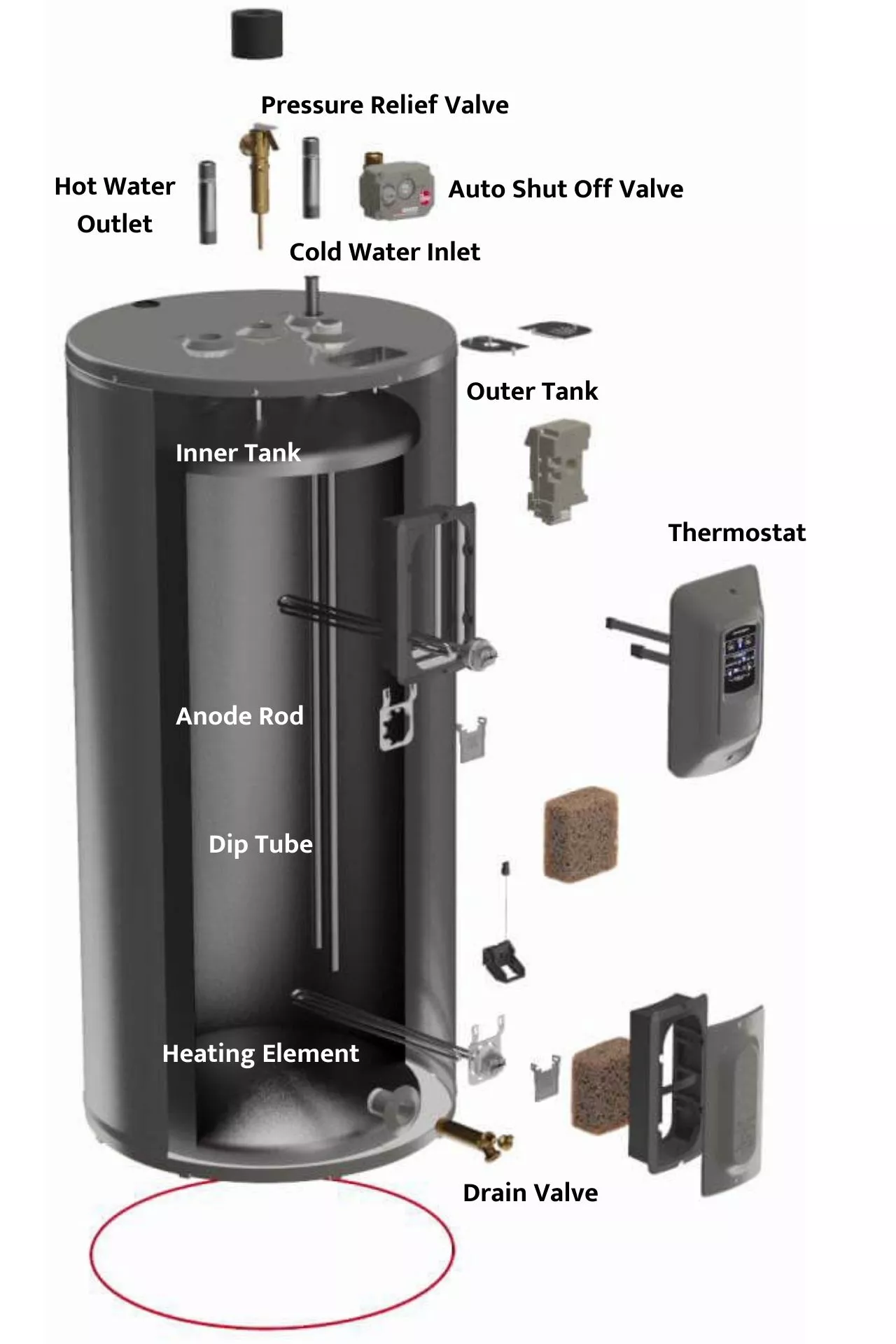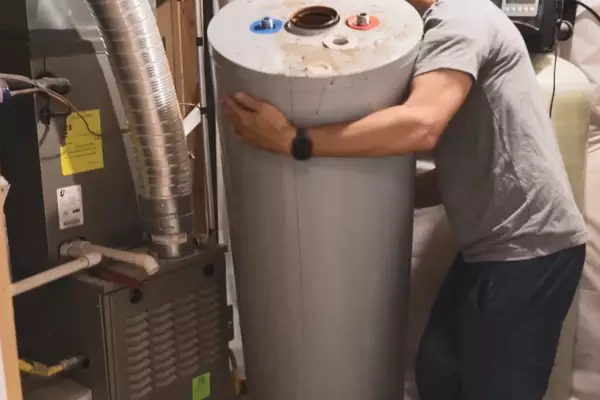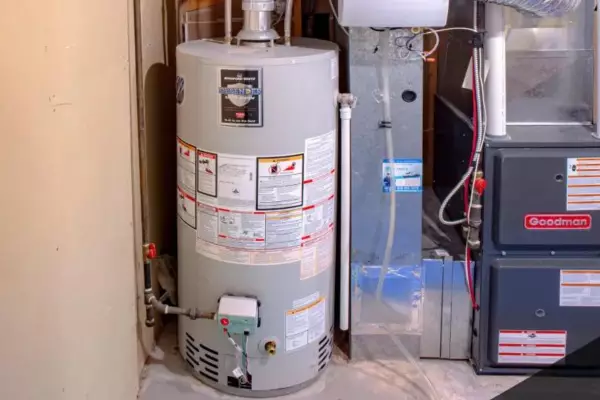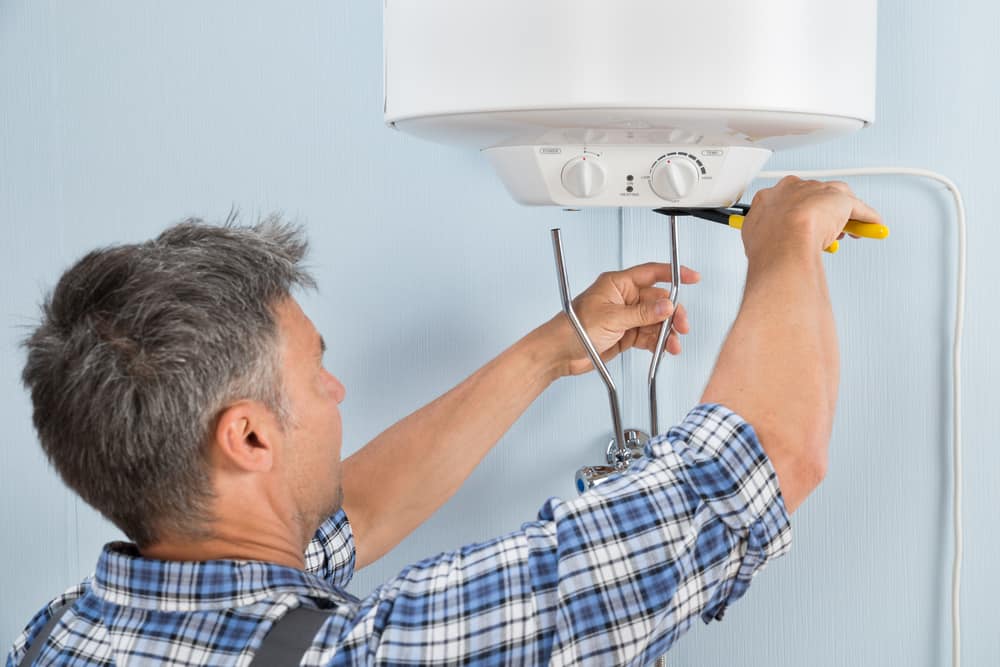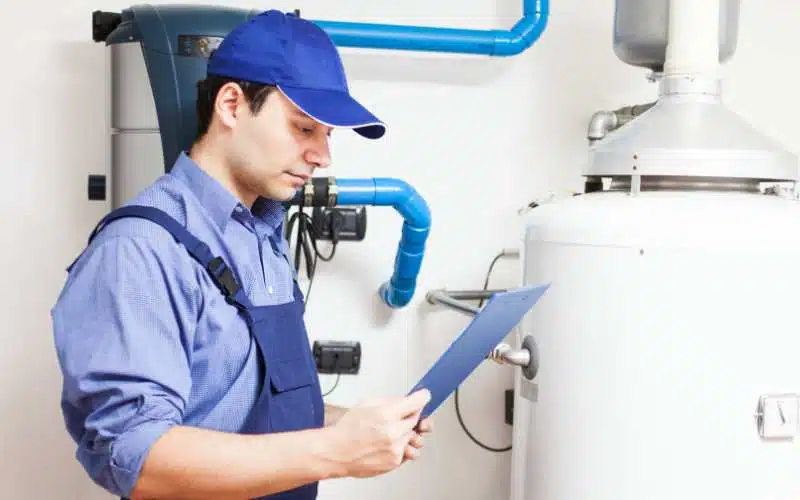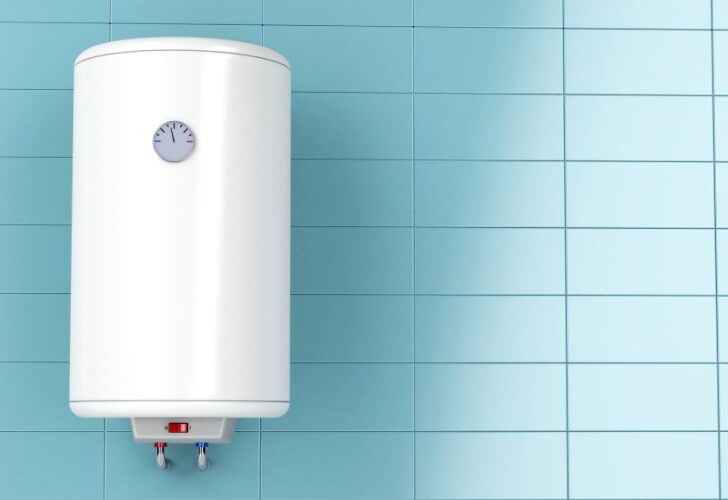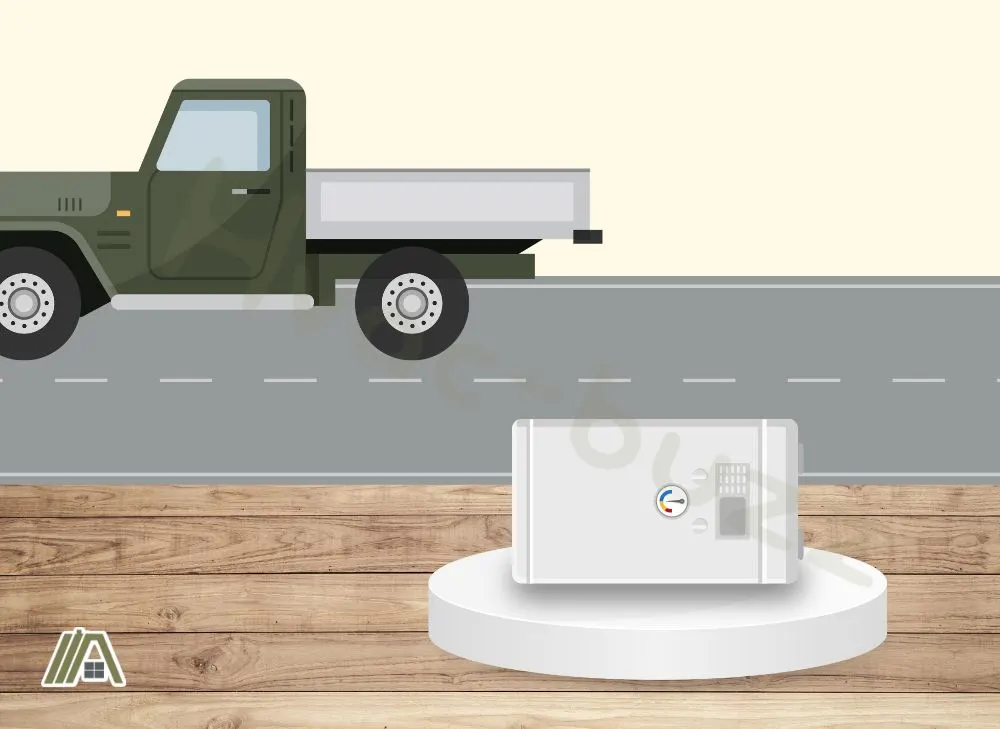Can A Water Heater Be Transported On Its Side

The question of whether a water heater can be transported on its side is a common one, often arising during relocation or replacement projects. Misinformation abounds online, leading to potential damage to the appliance and safety concerns. Determining the proper method for transporting these essential home appliances is crucial for both homeowners and professionals.
This article will explore the recommended practices for transporting water heaters, drawing upon expert opinions and manufacturer guidelines. It will address the potential risks associated with improper handling and provide practical advice for ensuring safe and efficient transport. Understanding these guidelines can save time, money, and prevent unnecessary headaches.
The Core Issue: Upright vs. Horizontal Transport
The central debate revolves around whether it's acceptable to transport a water heater lying down, or if it must remain upright. While anecdotal evidence suggests that some have successfully transported units on their side, manufacturer recommendations generally advise against this practice. The primary concern is the potential for internal damage.
Water heaters contain delicate components, including the heating element, dip tube, and thermostat. These components are designed to function within a specific orientation. Placing the unit on its side can cause these parts to shift, bend, or break, especially during bumpy rides.
Potential Damage and Risks
Transporting a water heater horizontally can lead to several problems. The dip tube, a long plastic pipe that carries cold water to the bottom of the tank, is particularly vulnerable. If dislodged, it can significantly reduce the efficiency of the water heater.
Furthermore, the glass lining inside many water heaters can crack or chip if subjected to excessive stress. This damage may not be immediately apparent, but it can lead to corrosion and premature failure of the tank. Leaks can also develop around connections and fittings due to the shifting of components.
Gas water heaters present an additional set of concerns. The gas valve and burner assembly are precisely calibrated. Transporting the unit on its side could disrupt these settings, leading to improper combustion and potential safety hazards such as carbon monoxide leaks. Consult with a qualified technician after transportation to ensure proper operation.
Manufacturer Guidelines and Expert Opinions
Major water heater manufacturers like Rheem, Bradford White, and A.O. Smith typically recommend upright transportation in their product manuals. These recommendations are based on extensive testing and engineering analysis.
According to Bradford White's official documentation, "Water heaters should be transported in an upright position to prevent damage to internal components." Deviation from this guideline can void the warranty in some cases.
Plumbing professionals generally concur with these recommendations. "While it *might* be possible to transport a water heater on its side without immediately catastrophic results, it's simply not worth the risk," says John Thompson, a licensed plumber with 15 years of experience. "The potential for hidden damage is too great."
Practical Advice for Safe Transport
If upright transport is feasible, it is the safest and most recommended option. Secure the water heater in an upright position using straps or bracing to prevent it from tipping over during transit. Use padding to cushion the unit and minimize vibrations.
If upright transport is impossible due to vehicle limitations, proceed with extreme caution. Drain all water from the tank completely to reduce weight and minimize the risk of internal sloshing. Wrap the water heater in protective material, such as blankets or bubble wrap, to cushion it from bumps.
When transporting horizontally, position the water heater so that the gas valve (if applicable) is facing upwards. This may help to prevent oil or debris from entering the valve. Upon arrival, allow the unit to sit upright for several hours before installation to allow any displaced components to settle.
After installation, thoroughly inspect the water heater for any signs of damage. Check for leaks around connections and listen for unusual noises during operation. If you suspect any problems, consult a qualified plumber or technician.
The Bottom Line: Prioritize Upright Transport
While anecdotal evidence may suggest that horizontal transport is sometimes possible, the potential risks outweigh the convenience. Manufacturers strongly advise against it, and plumbing professionals generally agree.
For the sake of your investment and safety, prioritize upright transport whenever possible. If horizontal transport is unavoidable, take extra precautions to minimize the risk of damage. Remember, a little extra effort during transport can save you from costly repairs or premature replacement.
Ultimately, responsible handling ensures the longevity and reliable operation of your water heater. By following these guidelines, you can avoid unnecessary risks and ensure a safe and successful transport experience.
